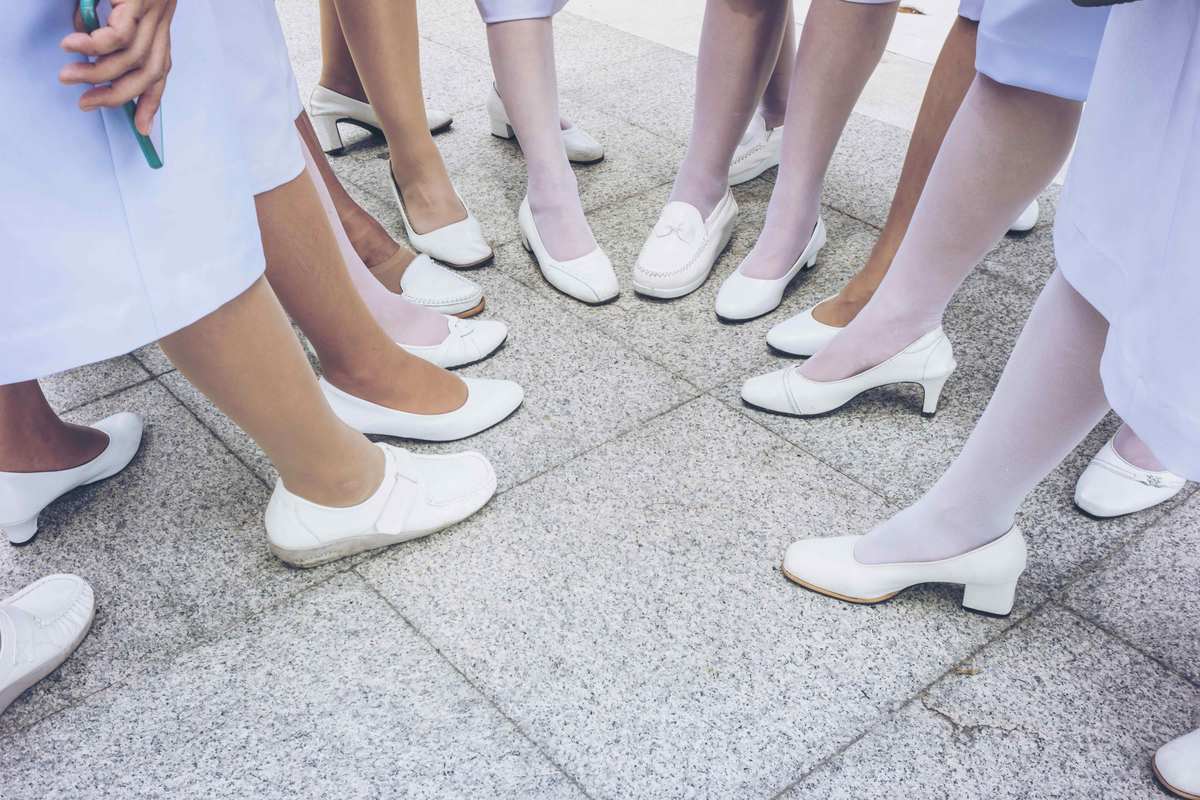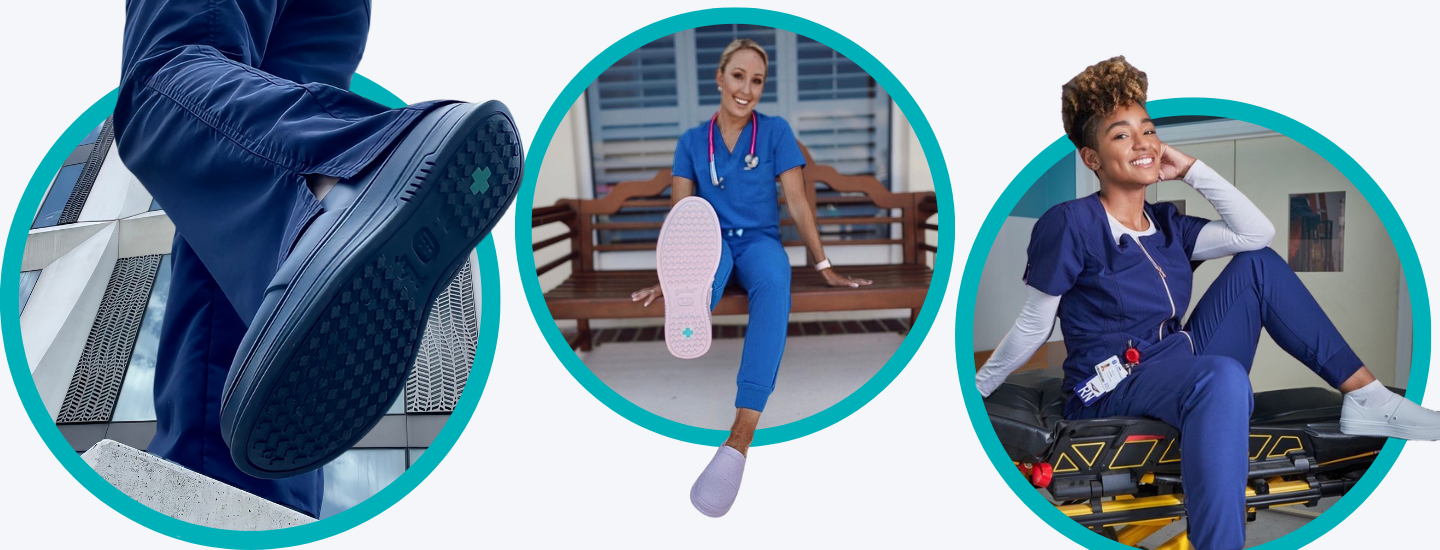
The Evolution of Healthcare Work Shoes
The healthcare industry has undergone significant transformations over the centuries, from advancements in medical practices to improvements in technology. Among these changes, an aspect often overlooked is the evolution of healthcare work shoes. These crucial pieces of attire have journeyed from rudimentary footwear to ergonomically designed shoes that meet the unique needs of healthcare professionals. Let's trace this fascinating evolution.
The Early Days: One Size Fits All
In the initial days of modern healthcare, little thought was given to specialized footwear. Nurses, doctors, and other healthcare workers often wore standard black or white shoes. Comfort, support, or slip-resistance were rarely considerations. The focus was on basic functionality and perhaps a uniform aesthetic, not the long-term wellbeing of the wearer's feet.
The Mid-20th Century: Rise of Uniformity and Practicality
As the healthcare industry advanced post World War II, so did the understanding of occupational health. Nurses were spending long hours on their feet, and the need for more practical and comfortable footwear became apparent. The predominant shoe style transitioned towards clogs and low-heeled leather shoes. These offered better foot support and were easier to clean, a crucial factor in maintaining hospital hygiene.
Late 20th Century: Recognizing Unique Needs
Towards the end of the century, healthcare footwear started to diverge more significantly. The industry began recognizing that healthcare professionals had unique footwear needs compared to other professions. Major shoe brands began producing lines specifically tailored for healthcare workers, offering features like better arch support, cushioning, and more secure straps.
21st Century: Age of Specialization and Personalization
In the 21st century, we have seen a boom in the personalization and specialization of healthcare work shoes. Understanding of biomechanics and ergonomics has improved dramatically, leading to designs that support the natural structure and motion of the foot. Features like non-slip soles, reinforced toe boxes, and shock-absorbing insoles have become standard.
Today's healthcare shoes also offer a range of fits and styles, recognizing that no two feet are identical. With the rise of online shopping, healthcare professionals can now easily find shoes that cater to their specific needs, whether it's wide-width sizes, extra arch support, or custom orthotic-friendly designs.
Beyond Comfort: Shoes that Heal
The latest development in healthcare footwear is the advent of "therapeutic" or "healing" shoes. These innovative designs not only provide comfort during long shifts but actively work to alleviate common foot issues like plantar fasciitis and bunions. Specialized insoles, heel cups, and toe boxes can help realign the foot, reducing pain and promoting healthier walking patterns.
In conclusion, the evolution of healthcare work shoes reflects the broader progress in our understanding of occupational health and ergonomics. Today's healthcare professionals have a wide array of footwear options tailored to their needs, ensuring they can deliver their invaluable services in comfort and style. As we move into the future, we can expect this trend to continue, with healthcare shoes becoming ever more comfortable, personalized, and beneficial for our everyday heroes' foot health.
SHARE:
